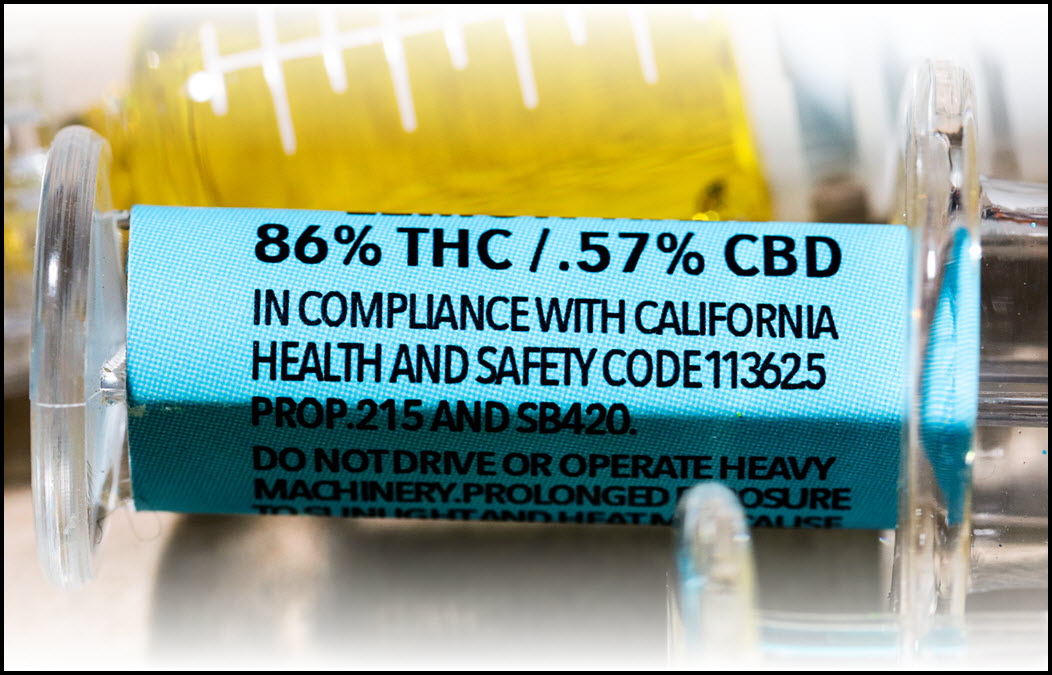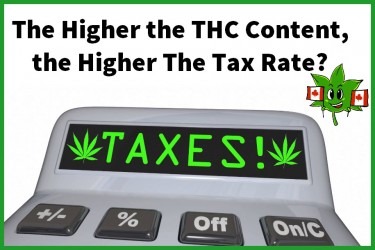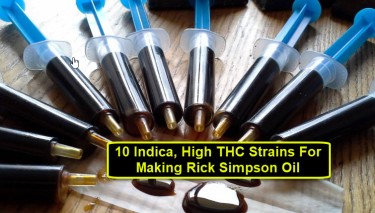
Ban on THC-rich marijuana! Wait a minute, what exactly is called THC-rich cannabis these days?
Cannabis products sold in licensed and reputable pharmacies are always labeled with their THC content. The value is shown in bold on the packaging. Consumers who visit these facilities are already used to seeing the THC levels expressed in percentages or milligrams.
What is THC?
Delta-Tetrahydrocannabinol (THC) is one of the most important cannabinoid compounds in cannabis plants. It is the main psychoactive compound that triggers a high in users. Molecules of this compound bind to brain receptors and almost immediately the neurotransmitter induces a “high”.
Cannabis growers have exceeded the limits of THC levels in the past 40 years. What stoners considered to have the highest levels of THC at the time is just a starting point for the hybrid strains in circulation today. The growth of the cannabis industry can be compared to the rapid advances in the computer industry.
Breeders now produce plants that are either high or low in THC. These plants are then processed by the manufacturers into cannabis extracts, edibles, flowers, etc. that are either high in THC or low in THC.
There is no specific amount of THC that can be used to describe what a “high amount of THC” is. Scientific, personal and commercial factors play a role in this. For example, some stoners get sky high at 15% THC, while others need up to 27% to feel greater effects.
The high demand for high-THC cannabis is one of the main reasons why so much advances have been made.
The THC content of a cannabis product tells a brief story about the potency of the plant strain.
High THC cannabis
Scientifically speaking, the highest level of THC that can be found in dried and cured buds of a variety of weed is 30%. Modern Breeders achieved this feat by crossing different premium strains that were originally high in THC. These breeders are still working hard to meet the demand for higher levels of THC.
When high levels of THC are consumed, the consciousness of the user is greatly altered. Cannabis users from the 1970s are usually amazed at how much progress breeders have made. A few decades ago, it took less THC levels to get stoned.
Using high THC levels for the first time can leave the consumer scared and confused. Subsequent use helps build tolerance, and users can then enjoy the relaxation, euphoria, happy and pleasantly intense effects of the drug.
The advances in THC numbers can also be attributed to commercial growers. These farmers have and are building on the genetic blueprint of modern breeders. They also found amazing planting techniques that use soil science and lighting technologies to activate each seed’s genetic abilities. As a result, the cannabinoid, terpene and other concentrations of other important compounds in the products are higher
As cannabis high in THC becomes available, consumers will be able to get as high as possible without spending too much. With frequent use, however, these consumers develop a high level of tolerance. This leads to quick food cravings that need to be satisfied as quickly as possible, which means more money is being spent on Kong Run to get a high.
Breeders sometimes produce high levels of Thc
This concept is called THC inflation. At one point it was observed that the numbers on the packages looked too good to be true. Shady companies, realizing that consumers always buy high prices, have decided to change their numbers. To do this, they submit their product samples to several test facilities and then set the highest percentage. Consumers are advised to remain vigilant when purchasing cannabis products. A reliable dispenser with a rock solid reputation can guarantee the authenticity of the product label.
Consumption method determines the THC content
A product’s product labels give the consumer an idea of what to expect, but the way THC is delivered to the body affects those expectations. Bioavailability explains this phenomenon better.
Bioavailability determines the amount of THC that remains active when it is added to the body system. Depending on the consumption method, this percentage can either be changed significantly or slightly. Here are some ingestion methods and their THC bioavailability rates
Orally
This includes the consumption of oils, edibles, and capsules and their transmission through the gastrointestinal tract and liver. This method of administration provides between 5 and 13% of the THC in the body. The THC is converted into 11-hydroxy-THC by the liver. This compound is much stronger and induces intense effects.
Sublingual
This is where cannabis oils are placed under the tongue. Through diffusion, the cannabinoids are inconsistently released into the bloodstream. It works in a shorter time than when taken orally, as it bypasses the liver and instead goes through the oral mucosa. The expected bioavailability of THC can be between 4 and 41%.
inhalation
This refers to the consumption of cannabis either by smoking or vaping. The cannabinoids are introduced into the lungs and then diffuse into the bloodstream. The best bioavailability is achieved through inhalation. At least 30% THC will remain active once it enters the bloodstream.
last words
Displaying the THC percentage of products is important. Consumers need to consider the THC levels to be sure that the product is perfect for them. Recently, some breeders have started working not just with THC, but with the entirety of the available active cannabinoids present in a cannabis plant.
All of the active cannabinoid will give consumers a better description of what to expect after taking the drug, as opposed to the THC levels, which only describe the expected effectiveness of the product. Premium strains are available worldwide and more attention should be paid to improving their diverse profiles rather than just their THC content.
Right now, seed banks, breeders and pharmacies can focus on meeting the demand for high THC levels while breeders focus on getting the most out of the best strains.
HIGH THC CANNABIS, READ MORE …

SHOULD YOU PAY HIGHER TAXES ON HIGHER THC CANNABIS?
OR..

10 HIGH THC STRAINS TO MAKE RICK SIMPSON OIL AT HOME!

Post a comment: